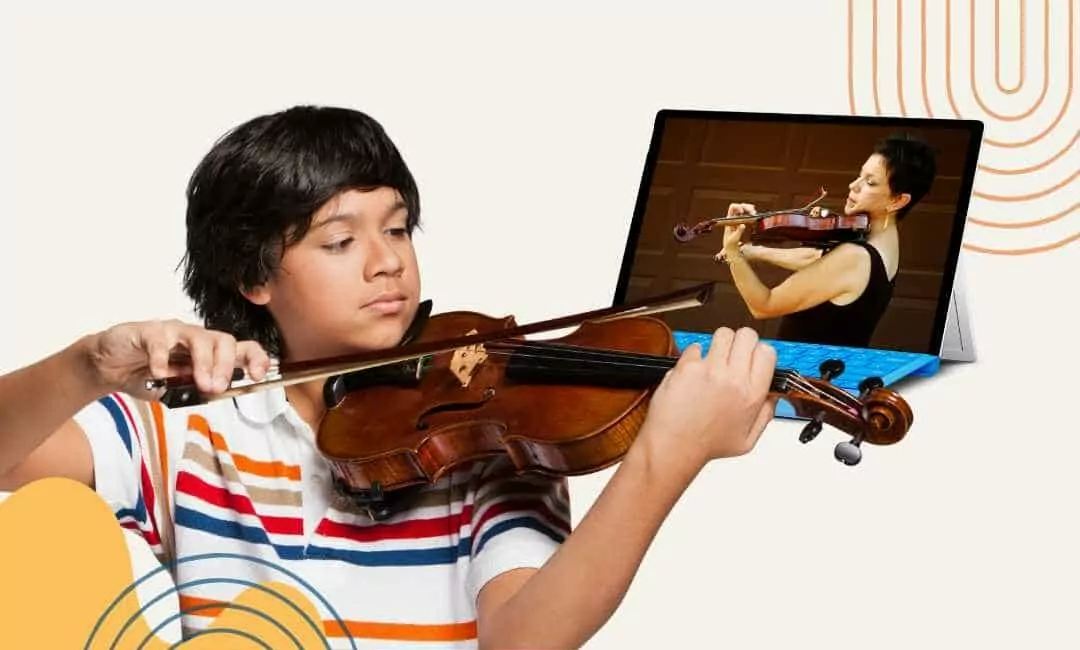The violin is more than an instrument — it’s a storyteller, a bridge between centuries, cultures, and emotions. For educators, it represents something even deeper: a way to shape young minds, inspire creativity, and pass on a timeless craft. And now, more than ever, violin teachers are stepping onto a global stage.
In recent years, international schools, conservatories, and music academies around the world have opened their doors to violin instructors with classical training and a passion for teaching. Whether in bustling cities or quiet cultural hubs, the demand for skilled educators continues to grow.
A World of Opportunity
From Europe to the Middle East, from Southeast Asia to the Gulf, violin educators are finding fulfilling roles outside their home countries. These jobs come in many forms: private one-on-one instruction, full-time academic positions, after-school programs, or music camps designed for young talents.
One of the great things about pursuing a violin teacher job abroad is the range of students you’ll encounter. Some are beginners discovering music for the first time; others are dedicated teens preparing for conservatory auditions. Each setting offers a different kind of reward — and a unique professional challenge.
Why Go Abroad?
For many musicians, teaching abroad is a chance to combine two passions: music and travel. It’s an opportunity to experience new cultures while making a meaningful contribution through education. In many cases, these positions offer attractive packages that include housing, airfare, and tax-free salaries — especially in regions like the UAE, Qatar, and Singapore.
But beyond the logistics, the biggest benefit may be personal growth. Teaching internationally builds cultural sensitivity, adaptability, and creative communication — skills that are invaluable both in and out of the classroom.
A Global Perspective on Learning
Every culture approaches music education differently. In some countries, there’s an emphasis on discipline and technical precision. In others, improvisation and emotional expression are front and center. For a violin teacher, this variety brings fresh perspectives and new ways to inspire students.
Many teachers who take international posts find that their own style evolves through the experience. They return home — or move on to their next opportunity — not only with stronger résumés, but with deeper insights into how music connects people across borders.
How to Get Started
For those ready to explore this path, the first step is finding the right opportunity. If you’re curious about what such a career might look like, or you’re actively seeking a new position, you can learn more about applying for a violin teacher job.
Whether you’re a recent graduate or a seasoned educator, there are schools and institutions looking for someone just like you.
Final Thoughts
In a world that often feels divided, music remains one of the most powerful tools for connection. As a violin teacher, your influence goes far beyond technique — you become part of a young musician’s journey, and perhaps even help shape the cultural landscape of a community.
If you’ve ever dreamed of taking your skills abroad, now may be the perfect time to take that leap. The stage is wide, the audience is global, and your music is needed more than ever.
